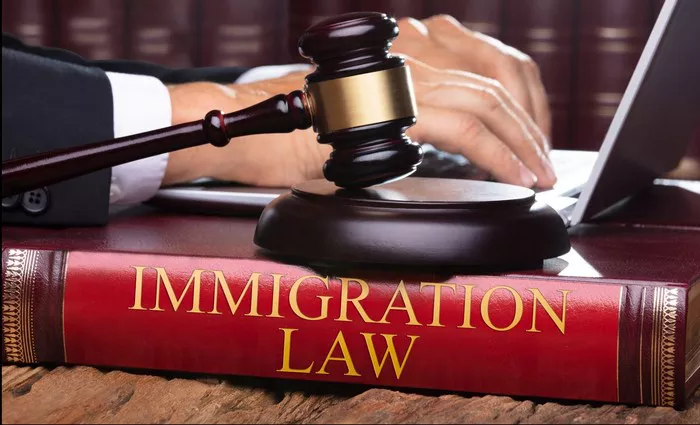The I-245 immigration law, also known as the “Interpolated Inspections Act,” is a provision under the United States immigration law that allows certain non-immigrants who have fallen out of status to file for a change or extension of status without leaving the United States. This provision is crucial for individuals who may have overstayed their visas or otherwise violated their non-immigrant status and wish to rectify their immigration status without having to depart from the country.
Understanding the Purpose of I-245
The primary purpose of I-245 is to provide a legal mechanism for non-immigrants to correct their status issues without facing the harsh consequences of deportation or being barred from re-entering the United States due to unlawful presence. It acknowledges that individuals may face unforeseen circumstances or misunderstandings regarding their immigration status and provides a way to address these issues within the U.S.
Eligibility Criteria for I-245
To qualify for relief under I-245, individuals must meet specific eligibility criteria set forth by U.S. Citizenship and Immigration Services (USCIS). These criteria typically include:
Non-Immigrant Status: Applicants must have entered the United States legally under a non-immigrant visa category.
Violation of Status: Applicants must have fallen out of lawful non-immigrant status due to circumstances beyond their control, such as administrative processing delays, medical emergencies, or other valid reasons.
Timely Filing: Applicants must file their application for change or extension of status under I-245 before they accrue unlawful presence that triggers bars to re-entry (commonly 180 days or 1 year of unlawful presence).
No Other Grounds of Inadmissibility: Applicants must not be otherwise inadmissible to the United States on other grounds, such as criminal history, security concerns, or health-related issues.
Process of Applying Under I-245
The process of applying for relief under I-245 involves several steps, each critical to the successful adjudication of the application:
Form Submission: Applicants must complete and submit Form I-245, Application for Non-Immigrant Status Adjustment or Extension, along with supporting documentation to USCIS.
Documentation: Supporting documentation typically includes proof of legal entry, evidence of the circumstances that led to the status violation, and any other relevant documents as required by USCIS.
Biometrics Appointment: USCIS may schedule applicants for biometrics (fingerprints, photograph) to conduct background checks.
Interview (if required): Depending on the case, USCIS may require applicants to attend an interview to discuss their application and eligibility further.
Decision: USCIS will adjudicate the application based on the evidence provided and issue a decision approving or denying the request for adjustment or extension of non-immigrant status.
Advantages of I-245
The I-245 provision offers several advantages to eligible applicants:
Avoiding Unlawful Presence Bars: By rectifying status issues within the U.S., applicants can avoid triggering unlawful presence bars that could prevent them from re-entering the country.
Continued Presence in the U.S.: Applicants can remain in the United States lawfully while their application is pending with USCIS, maintaining family and employment ties.
Streamlined Process: Compared to consular processing or other forms of status correction that require departure from the U.S., I-245 provides a more straightforward process for eligible applicants.
SEE ALSO: WHAT ARE THE IMPLICATIONS OF A DENIED FORM I-539 APPLICATION?
Challenges and Considerations
While I-245 provides a valuable avenue for status correction, applicants should be aware of potential challenges and considerations:
Strict Eligibility Criteria: USCIS rigorously evaluates eligibility criteria, and even minor errors or omissions in the application can lead to delays or denials.
Timing Issues: Applicants must file timely to avoid accruing unlawful presence, which can complicate their eligibility for future immigration benefits.
Legal Counsel: Due to the complexity of immigration law and the stakes involved, seeking guidance from an experienced immigration attorney can help navigate the process successfully.
Conclusion
In conclusion, the I-245 immigration law serves as a critical mechanism for non-immigrants in the United States to rectify status issues without leaving the country. By providing a pathway to adjust or extend non-immigrant status, I-245 supports individuals who have encountered unforeseen circumstances or administrative challenges. Understanding the eligibility criteria, process, advantages, and potential challenges of I-245 is essential for anyone considering applying for relief under this provision.
Through I-245, the U.S. immigration system aims to balance the enforcement of immigration laws with humanitarian considerations, ensuring that eligible individuals have the opportunity to maintain lawful presence and continue contributing to their communities within the United States.


